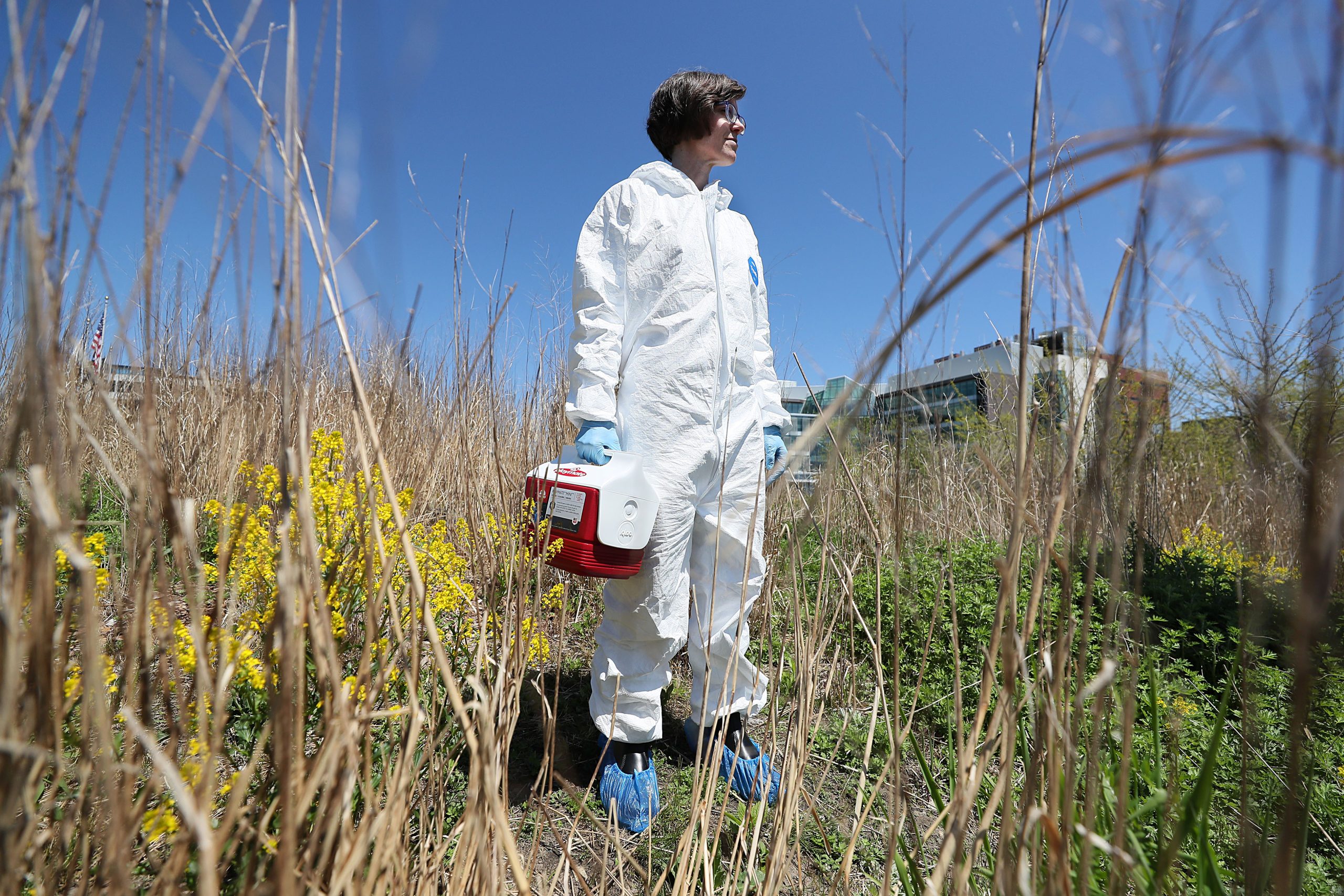“The study of almost one million B.C. schoolchildren ages six to 12 during an 11-year period found those born in December were 39% more likely to be diagnosed with ADHD and 48% more likely to be medicated than those born in January.”
However, researchers question whether these children have been diagnosed accurately or whether doctors may have confounded the fact that these kids are merely less mature and academically or athletically inclined due to the simple fact that they have not had those extra few months to develop as much as their peers. This gap in age within the same school grade creates what researchers call the “relative age effect” and it could be leading to many false diagnoses.
“Younger, less mature children are inappropriately being labelled and treated,” said lead author Richard Morrow of UBC’s Department of Anesthesiology, Pharmacology and Therapeutics.
Basically, children born closer to December can be almost a full year less developed than their classmates.
Although research suggests that boys are three times more likely to be treated for ADHD than girls, the age gap still applies to both genders. “Girls born in December and earlier within their grade were 70% more likely to be diagnosed with ADHD compared to January-born girls.”
Ultimately, a false diagnosis and treatment with unnecessary medications could potentially cause more harm than good. “Being been labelled ADHD can often cause children to be treated differently by teachers and parents, possibly leading to poor self-esteem and social issues.”
WHAT IS ADHD?
ADHD is a problem with inattentiveness, over-activity, impulsivity, or a combination. It is the most commonly diagnosed behavioral disorder of childhood. It affects about 3 – 5% of school aged children. It is also diagnosed much more often in boys than in girls.
Inattentive symptoms:
- Fails to give close attention to details or makes careless mistakes in schoolwork
- Has difficulty keeping attention during tasks or play
- Does not seem to listen when spoken to directly
- Does not follow through on instructions and fails to finish schoolwork, chores, or duties in the workplace
- Has difficulty organizing tasks and activities
- Avoids or dislikes tasks that require sustained mental effort (such as schoolwork)
- Often loses toys, assignments, pencils, books, or tools needed for tasks or activities
- Is easily distracted
- Is often forgetful in daily activities
Hyperactivity symptoms:
- Fidgets with hands or feet or squirms in seat
- Leaves seat when remaining seated is expected
- Runs about or climbs in inappropriate situations
- Has difficulty playing quietly
- Is often “on the go,” acts as if “driven by a motor,” talks excessively
Impulsivity symptoms:
- Blurts out answers before questions have been completed
- Has difficulty awaiting turn
- Interrupts or intrudes on others (butts into conversations or games)
DIAGNOSIS
For diagnosis, symptoms must be out of the normal range for a child’s age and development as well as present in more than one setting:
- Children should have at least 6 attention symptoms or 6 hyperactivity/impulsivity symptoms, with some symptoms present before age 7.
- The symptoms must be present for at least 6 months, seen in two or more settings, and not caused by another problem.
- The symptoms must be severe enough to cause significant difficulties in many settings, including home, school, and in relationships with peers.
TREATMENT
Medication
A combination of medication and behavioral treatment works best. There are several different types of ADHD medications that may be used alone or in combination.
Psychostimulants (also known as stimulants) are the most commonly used ADHD drugs, such as:
- Amphetamine-dextroamphetamine (Adderall)
- Dexmethylphenidate (Focalin)
- Dextroamphetamine (Dexedrine, Dextrostat)
- Lisdexamfetamine (Vyvanse)
- Methylphenidate (Ritalin, Concerta, Metadate, Daytrana)
A nonstimulant drug called atomoxetine (Strattera) may work as well as stimulants, and may be less likely to be misused.
WARNING: Some ADHD medicines have been linked to rare sudden death in children with heart problems. Talk to your doctor about which drug is best for your child.
Behavior Therapy
Talk therapy for both the child and family can help everyone understand and gain control of the stressful feelings related to ADHD.
Parents should use a system of rewards and consequences to help guide their child’s behavior. It is important to learn to handle disruptive behaviors. Support groups can help you connect with others who have similar problems.
Other tips to help your child with ADHD include:
- Communicate regularly with the child’s teacher.
- Keep a consistent daily schedule, including regular times for homework, meals, and outdoor activities. Make changes to the schedule in advance and not at the last moment.
- Limit distractions in the child’s environment.
- Make sure the child gets a healthy, varied diet, with plenty of fiber and basic nutrients.
- Make sure the child gets enough sleep.
- Praise and reward good behavior.
- Provide clear and consistent rules for the child.
Alternative Treatments
Herbs, supplements, and chiropractic treatments have become popular, however, there is little or no solid evidence that these actually work.
PROGNOSIS
ADHD is a long-term, chronic condition. If it is not treated appropriately, ADHD may lead to:
- Drug and alcohol abuse
- Failure in school
- Problems keeping a job
- Trouble with the law
About half of children with ADHD will continue to have troublesome symptoms of inattention or impulsivity as adults. However, adults are often more capable of controlling behavior and masking difficulties.
Talk to your doctor if you are concerned that your child may have ADHD.
Kids born later in the year more likely to be diagnosed with ADHD: Study
Attention deficit hyperactivity disorder (ADHD)
Adderall, ADHD, Behavioural Therapy, Concerta, Daytrana, Destrostat, Dexedrine, Focalin, Impulsivity, Inattentiveness, Metadate, Over-activity, Ritalin, Strattera, Talk Therapy, Vyvanse



